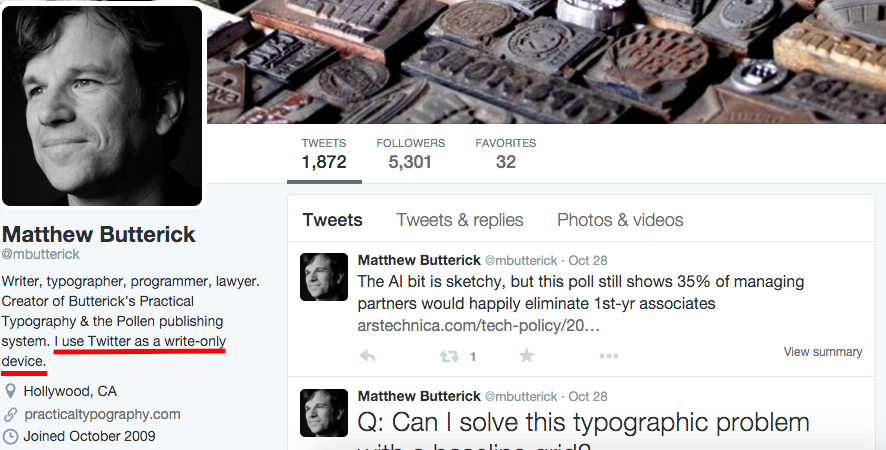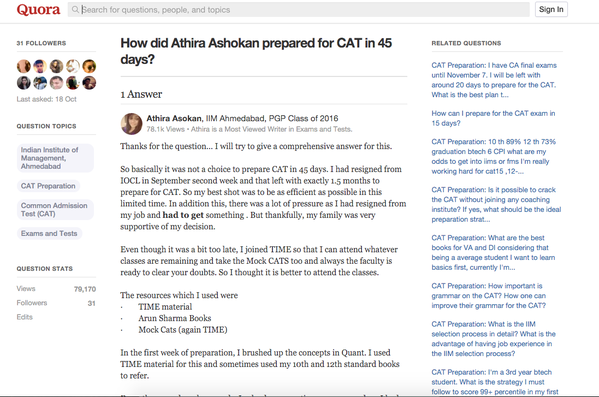I have a colleague who uses twitter in the most peculiar way. He only tweets @-replies to brands with whom he has a service grouse, in an attempt to get them to respond faster. He has pioneered an interesting use case for twitter as a ‘public’ email service.

This is not something that could have been visualized by anyone at twitter when it was launching, nor something that is kept in mind by engineers or product managers presently. It is something that emerges from the interactions that consumers have with brands and their unique life circumstances.
Twitter is interesting in that it affords the most number of unique usages. Witness the usage of Twitter favourites as a read it later button. Or this – twitter as write-only device, without following a single person.

The reverse of this is of course, using twitter as akin to an RSS reader with zero tweets, but following a large number of people, and actively accessing twitter to keep up with tweets. I used twitter this way for a while. I really didnt tweet much but continuously followed and unfollowed an interesting mix of people. I dont know if there are a lot of people like me – i would presume so, given that only 44% of twitter accounts have ever tweeted. Strictly we would have to exclude infrequent users from the 44% number to get the benchmark right.
But it is not just twitter. We could also take whatsapp. Whatsapp groups as a private facebook is obvious, but more interesting is whatsapp being used by businesses. See this use case. Here whatsapp is doing what bloomberg typically had a lock-in on.

And then there is quora. The self-addressed question (posted anonymously) and then answered in humblebrag fashion is a unique alternative to medium.

I remember a Benedict Evans tweet where he talked about similar edge use cases – using powerpoint as a document editor or email as a file management system.
After all, PowerPoint is an email editor, email is a rich file manager, and so is Slack
— Benedict Evans (@benedictevans) August 8, 2015
***
Looking at these edge cases is insightful for product managers. The ‘wrong’ or unintended use of a product tells them more about user requirements and potential opportunities than any formal research or feedback can. Zipdial is a great example of a startup product inspired by the peculiar indian habit (use case) of economising by dialling a number and quickly hanging up (like a driver letting his boss know that he has arrived).
For Twitter, especially, a careful look at its edge use cases could give it lots of ideas. Should a twitter for business account be structured differently from a standard account? Should there be a Twitter Neo account that only enables following / unfollowing or say an avatar look (allow my twitter feed to look like Elon Musk’s or Nassim Taleb’s)? Ignoring these edge cases is to ignore new ideas and new directions.
